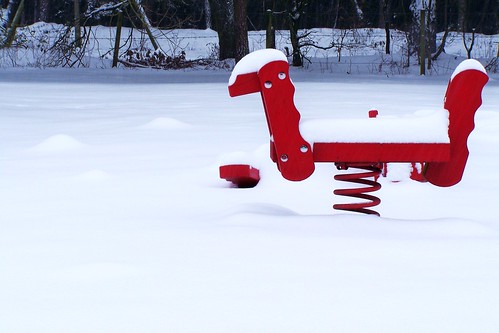
No matter how long Huang stayed above the waves, he could not get used to the sharpness of everything. Below, the infinite blue blanketed the smooth, living edges of every surface. Even debris that came from above quickly had its sharpness coated with comforting moss and rounding lichen.
Up here, it was all angles and hardness: concrete upon glass upon jagged metal forged into squares and boxes. They stacked them and lined them in rows, lacking any serenity of open space or collective clustering. Huang kept his eyes down in the city. He’d asked for this life, begged the whalelord to grant his wish. If only he’d anticipated how grotesque he would find the deliberate order these air-breathers insisted upon.
The reflective cliffs looming over the street crowded him. The sun burned his flesh. He missed the colors of his kin, even the dull grays of slick-skinned murkers would be preferable to the ceaseless shades of brown and pink, masked by skins from other creatures, draped by plants processed into more order and shapes.
It was repulsive and Huang lived in regret. He tried to fight another shudder, and turned his eyes down, dreaming again of the sea.



